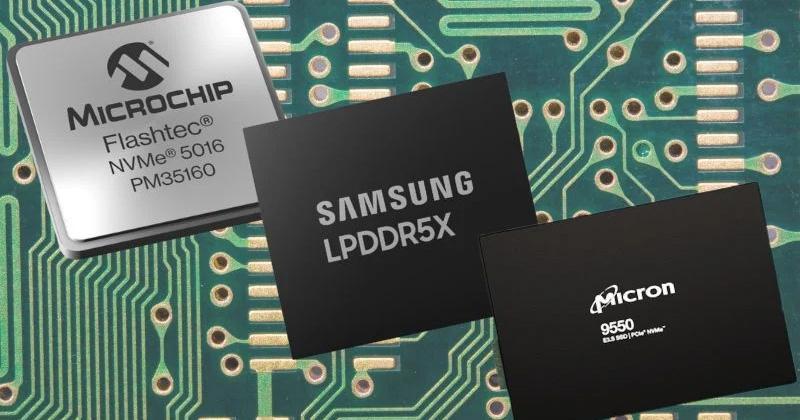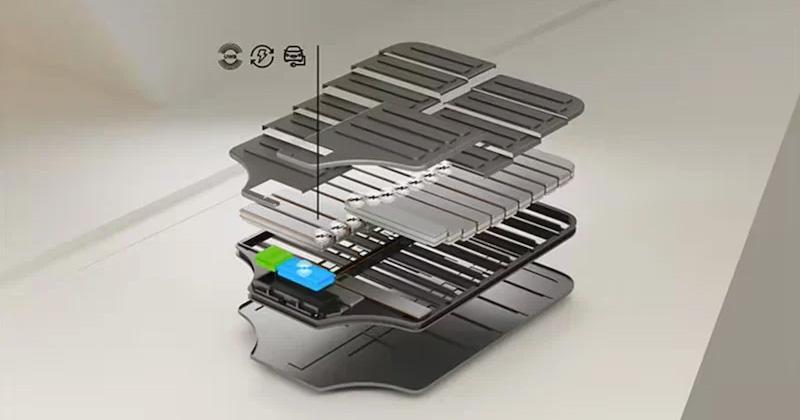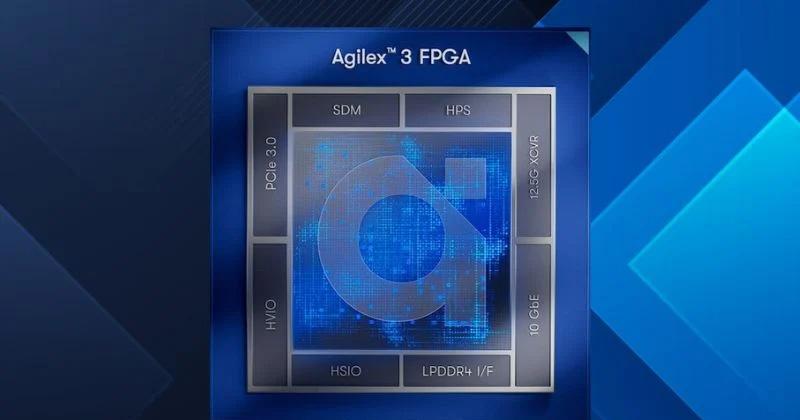
How Quantum Computing is Driving the Future of Mobility
The transition to EVs has been heralded as a critical component in the global fight to reduce carbon emissions and tackle climate change. In the U.S., EVs accounted for 7.2% of new vehicle sales in 2023, according to the U.S. Department of Energy, with that number trending upward in 2024. Across Europe, vehicle owners are increasingly getting on board, with fully electric or plug-in hybrid vehicles making up 23.6% of new car sales last year, according to the European Environment Agency
The main obstacle for many drivers and fleet owners is that EVs can be less affordable than conventional vehicles. However, concerns also persist around performance, potential maintenance needs, and a lack of charging stations and other vital infrastructure in many areas.
The automotive industry is making huge strides to address this challenge, yet pressure is mounting to move faster. It is for this reason that almost every major automotive manufacturer is embracing quantum computing to accelerate the rate of progress and help find solutions to complex problems.
The potential of quantum computing in automotive
The opportunity for quantum computing in the automotive industry is enormous. The most recent estimates from McKinsey suggest it could add $50-100 billion in economic value to the industry by 2035 through optimizing many aspects of the production process. But what exactly is quantum computing, and why is it so transformative?
Quantum computing uses the principles of quantum mechanics to process information in a fundamentally different way than traditional computers. Instead of using bits that are either 0 or 1 to process data and information, it uses qubits that can be both 0 and 1 at the same time. This makes it possible to solve complex problems faster and much more efficiently.
To provide an example, imagine you are attempting to work out the combination on a lock. A classical computer may approach this problem logically, trying every possible combination one by one until it finds the solution. For instance, 0000, 0001, 0002, 0003 and so on. In contrast, a quantum computer works in a fundamentally different way, allowing it to try all potential combinations at once, solving the problem a great deal faster—in most cases.
How quantum computing can accelerate EV adoption
There are countless ways in which quantum computing will help transform the automotive industry and speed up the transition to EVs and AVs. But there are some key areas that could be particularly transformative over the next 10 years.
Improving driving range and battery efficiency
One of the significant barriers to EV adoption is that the driving range does not yet match that of conventional vehicles. Although there have been significant improvements in this area, EVs are constrained by how much charge batteries can hold and how efficiently this power is used.
A growing number of manufacturers, such as Ford, Volkswagen, and Hyundai, are using quantum computing to aid the development of batteries that can store more power and hold it for longer. By simulating new compounds at a molecular level, manufacturers are working to create more robust battery layers that are lighter and more energy dense.
While classical computers can struggle with simulating molecular interactions, quantum computing has the potential to perform these simulations faster and with greater precision, making it well suited for the detailed modeling of battery chemistry that is required. This capability provides researchers additional ways to test materials and configurations that hold more energy and release it more efficiently, thus extending the driving range of EVs.
However, we must also balance the need for greater efficiency and capacity with the size, weight, cost, and longevity of batteries. Ultimately, this is a trade-off, and it is one of the reasons why we are seeing Chinese companies move away from lithium-based batteries in preference of sodium-based batteries, which are slightly larger but far cheaper to produce.
Another area where automotive manufacturers are paying particular focus is the drivetrain. Modern vehicles and EVs use power across countless components. Conserving energy by using power more efficiently could help increase driving range considerably.
However, with so many components, this is a complex challenge to solve. While classical computers have enabled manufacturers to carry out tests and simulations on a single or handful of components at a time, quantum computing offers a significant breakthrough. It makes it possible to simulate entire systems of interdependent components to understand the impact of any changes and identify the most energy-efficient options.
Boosting charging speed and network infrastructure
The “holy grail” for automotive manufacturers is for EV charging to become faster than filling up your car at a gas station. At this point, it becomes a much more attractive proposition for motorists and fleet managers, who stand to benefit from gains in productivity as a result.
To date, the goal of a two-minute charge remains elusive, but tremendous progress has been made. For instance, Nybolt recently broke the five-minute barrier with a 35kWh lithium-ion battery that can charge from 10% to 80% in just a little more than four and a half minutes. This is no small feat.
Optimizing the compounds and structures within the battery to enable faster charging while safely dissipating heat and preserving battery health and longevity is an incredibly complex challenge. Quantum simulation can assist with this by allowing manufacturers to optimize the battery, charging cable and charging station.
In some ways, this is not too dissimilar to the advances we have seen with fast chargers for smartphones. We are just attempting to do it on a much larger scale than ever before.
Yet, while the principles of the technology may be similar, the amount of power required to charge tens of millions of EVs creates new challenges for national electricity networks. Grid operators will be tasked with optimizing the network to ensure that power can be delivered where it is needed in a reliable and stable manner. This is a complex optimization challenge that we expect quantum computing to play a significant role in solving in the coming years.
The road ahead for EVs
Most major automotive manufacturers are already exploring quantum computing. Companies like Ford, BMW and Volkswagen have dedicated teams investigating various applications of this technology. The industry recognizes the need for digital transformation roadmaps, which include integrating quantum computing into existing infrastructures.
Many of these companies are using quantum computing to improve manufacturing processes, optimize supply chains and enhance product design. This adoption is not just about the technology itself but also about integrating it into complex, real-world systems that require seamless collaboration between classical and quantum computing resources.
The convergence of these efforts promises substantial economic impacts in the near term. Automotive companies understand the importance of these transformations and are investing heavily in research and development, and patenting large numbers of innovative new technologies that vehicle owners stand to benefit from in the years ahead.
As these technologies mature, they will play an important role in the widespread adoption of EVs by motorists and organizations, driving the future of mobility forward.




